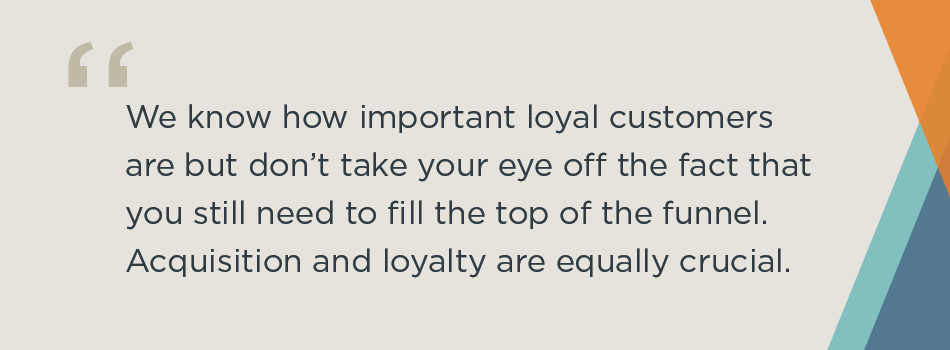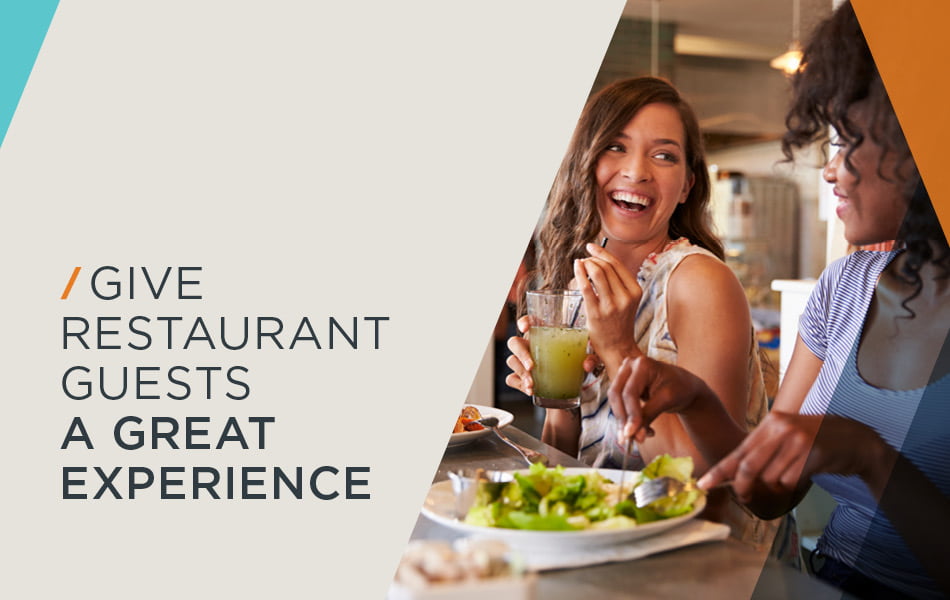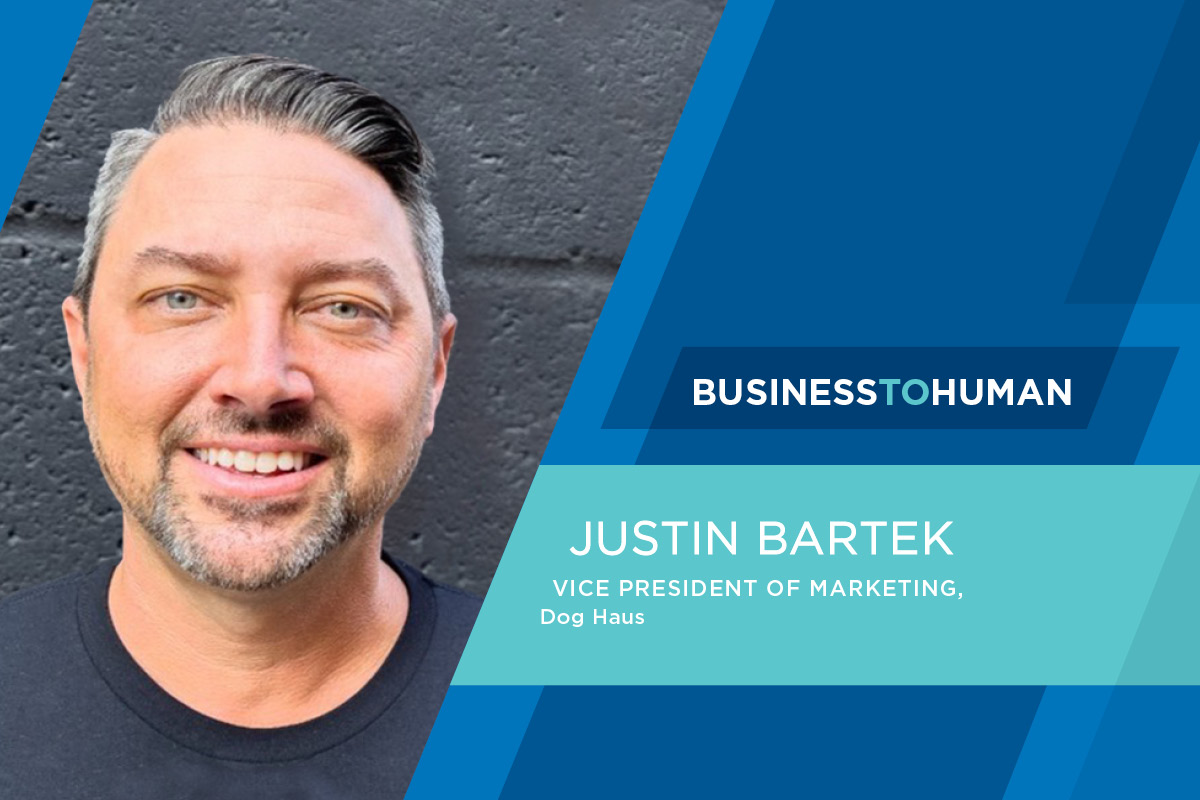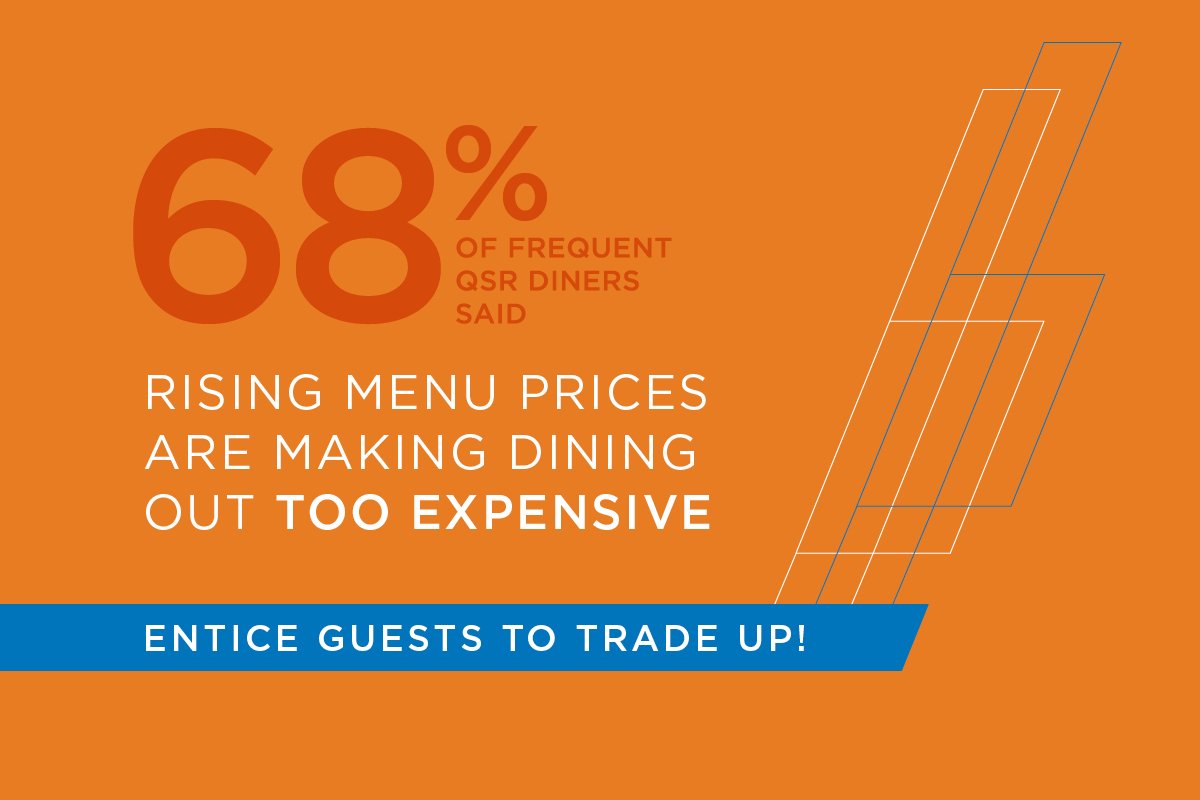Summary
• The pandemic has accelerated the shift to digital. But traditional marketing still plays a key role. Give your customers a great customer experience, both at stores and online.
• Use digital marketing to address hiring challenges. Be hyperlocal in your campaigns. Share your work culture with customers who could be potential hires.
• Market new products to loyal customers and new customers. Use third-party delivery apps but find ways to bring customers to your platform.
Since the start of the pandemic in early 2020, customer behaviors have changed, restaurant employees have left in record numbers and the world has accelerated toward digital. How should you approach restaurant marketing in the post-pandemic era?
During the recent Fast Casual Executive Summit, this was the topic in a session entitled “Eating Out Again: Restaurant Insights for Marketing in the New Normal.” The panelists included Matt Lukosavich, Director, Industry Strategy – Restaurant at Vericast, C.J. Ramirez, SVP of Marketing for Dog Haus and Mandy Shaw, CEO of Blaze Pizza.
This conversation addressed the rapid shift to digital campaigns as well as a pivot to online deliveries that the restaurant industry has experienced. However, the panel acknowledged that traditional marketing continues to play an important role. The conclusion: Restaurant brands must give consumers the full, omnichannel experience that they want while being agile in the face of rapid change.
“It’s been a common theme that COVID didn’t really start new things. It just accelerated what we were already leaning into a little bit,” Lukosavich says.
Give the best digital customer experience
Creative advertising, enticing promotions and targeted marketing are important in bringing in customers. However, for restaurants, it still boils down to great food and great service. “In the restaurant business, the best marketing strategy is a great experience. That’s not going to change,” Shaw points out.
The problem, of course, was that the pandemic took away the store experience. Fast-casual restaurants such as Blaze Pizza, which was an 80% dine-in business before the pandemic, had to transition online. So, it was crucial to deliver customers a great digital experience.
For instance, Pi Day was a major in-person event for Blaze, when it offered $3.14 for a pizza. But with the pandemic, it had to quickly turn the PR event into an online experience. Blaze extended the offer to online customers through its app, promoting it through social media. And it worked.
Over 260,000 people downloaded the app, making the now digital campaign a huge success. “It’s just really about being a little bit more agile and playful about the things that we do,” Shaw shares.
Even as customers return to stores, restaurant brands should ensure that people who still prefer online deliveries are given a great digital experience.
Leverage traditional marketing
While digital marketing is certainly the new way for acquiring and retaining customers, restaurant operators cannot abandon traditional marketing channels, such as direct mail, paper coupons and billboards.
Vericast, which provides print and digital marketing solutions to the restaurant industry, found itself reassessing its direct mail offerings during the pandemic. Surprisingly, people looked forward to their mail. As Lukosavich recounts, “Everyone was working from home. People were telling us that the mailbox was the most exciting part of their day.”
For Dog Haus, coupons remain an important part of the promotional mix. Ramirez notes, “Our franchisees love the mega sheet. There are multiple offers in there, and we just time them.”
Brands also need to be hyperlocal, especially in making use of radio spots and billboard ads. As Ramirez shares, “Talk to any outdoor salesperson or any radio station. They got inventory. They are now willing to talk to smaller brands.” One franchisee had the largest billboard on the most major intersection in the entire area, promoting free hot dogs on National Hot Dog Day. For the huge discount he got for the billboard, the franchisee was able to offer free hot dogs for a month, generating a huge amount of brand awareness.
Humanize your brand
Restaurant operators need to listen and talk to their customers, like real people. Shaw points out that being more intimate with customers is the best way to communicate with them.

Brand love, she adds, is having customers say, “Maybe I can’t even articulate why I love you, but I love you because you talk to me.”
An example is how Dog Haus uses two-way SMS communication with customers. Ramirez says it’s the perfect peer-to-peer channel “to be able to just get into their ear and answer their questions about our products.”
He recalls having loyal customers report to them that another restaurant had ripped off their chicken sandwich called Bad Mutha Clucka. It turns out it’s a virtual brand launched by Dog Haus. Ramirez shares that he not only appreciates that their customers are looking out for them, but that opened opportunities to talk about their products in an organic manner. Real, human conversations happen “when you open the floodgates and you let people just talk to you,” Ramirez points out.
Be flexible in addressing the labor shortage
With the restaurant industry dealing with staff resignations and hiring challenges, brands need to be more flexible. Vericast, for instance, held off some marketing campaigns as brands would not be able to meet demand. Lukosavich says, “For a digital solution, rather than doing offers or driving app downloads, we put out hiring campaigns.” This helped their clients address their staffing problems.
Dog Haus dealt with the labor issue by being hyperlocal in their marketing and allowing campaigns to be opt-in for franchisees. Ramirez explains, “We were able to turn promotions on and off and to very specific locations. We also stepped back a little bit on our national campaigns.” His advice: Make sure your franchisees are ready for what you’re going to put out there.
Blaze runs campaigns aimed at customers who could be potential hires. Shaw says, “I don’t care if you got tattoos or purple hair. Are you pleasant? Do you know how to make great pizza? Then come work for us.” By showing behind-the-scenes photos of team members on its Instagram account and email campaigns, Blaze gives people a glimpse of their work culture that could attract job candidates.
Market to both new and existing customers
With labor shortage and supply chain issues during the pandemic, Lukosavich notes, “A lot of brands started to focus just on their most loyal customers. Like that was their sweet spot.”
Post-pandemic, it continues to make sense to market to them. Shaw explains, “Even our existing consumers aren’t necessarily aware that we have gluten-free, or we have a keto crust.” She adds that this gives opportunities for existing customers “to eat more frequently or mix it up.”
For Ramirez, marketing to existing customers allows Dog Haus to introduce its virtual kitchen. He says, “By going to our existing database and telling those individuals that we have these other brands that are available to them for delivery or pickup, we’re creating a new customer experience to our existing base.”
However, even as only 20% of customers drive 60% to 80% of revenue, brands should not neglect new or non-loyal customers. As Lukosavich asks, “What are you doing about the other 40% of that revenue?”

Third-party delivery apps are critical in reaching new customers. Even though margins are eroded because of commissions and discounts, brands cannot afford to ignore these platforms. As Shaw says, “That’s like a school bus of kids showing up at a restaurant. You just closed the doors on them. Why would you not want the business? It’s a reality of where we are today.”
The key for brands is to get their customers to switch to their app or website. Shaw explains, “You do have to figure out competitive ways and continually ideate on how to convince customers to use your native platform.” Ramirez agrees, “You have to have an acquisition strategy to bring them over into your own communication system.”
And don’t forget to measure everything
The reality is that no one really knows the exact best strategy out of the gate. But each marketing campaign can and should make you smarter, getting you closer in on your target audience. That’s why Lukosavich emphasized, “Some media just doesn’t make sense in some markets. So, measure as much as you can. Test as much as you can. Then you are truly understanding what’s working.”
In reaction to Lukosavich’s remarks about measurement, Shaw commented, “If your partner is not talking to you that way, you need a new partner.” Her point seems to be that while rigor and due diligence are usually present in the initial campaign targeting, too many restaurant marketing efforts fail to capture and leverage the results to sharpen the focus of the next program. The ability to measure, the willingness to analyze, and the commitment to act on the data are marks of best-in-class marketing and media partner relationships.
Brands have learned to pivot and to be more agile during the pandemic. As a result, they have created new product lines, challenged their delivery channels and tested new marketing tactics. The ability to carry these skills post-pandemic will dictate continued success.
To get more insights on restaurant marketing, watch the full video of “Eating Out Again: Restaurant Insights for Marketing in the New Normal” available on demand.
Matthew Tilley is executive director of content marketing for Vericast and leads content marketing for the company. He has more than 20 years of experience in digital advertising and consumer promotions to develop, communicate, and distribute ideas to make modern marketers more effective.



